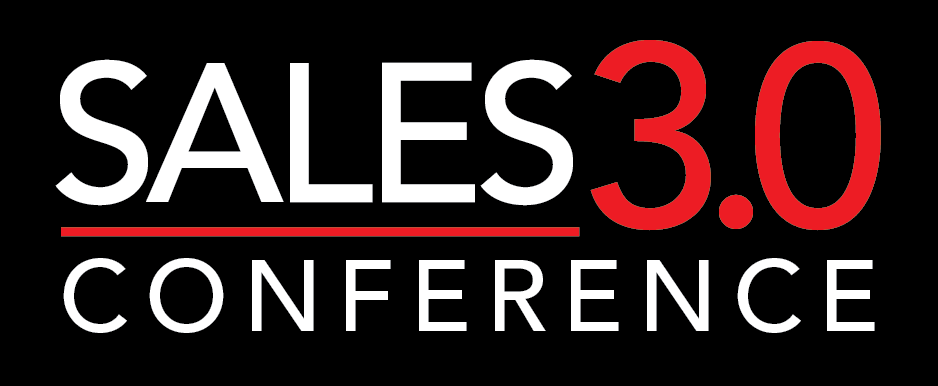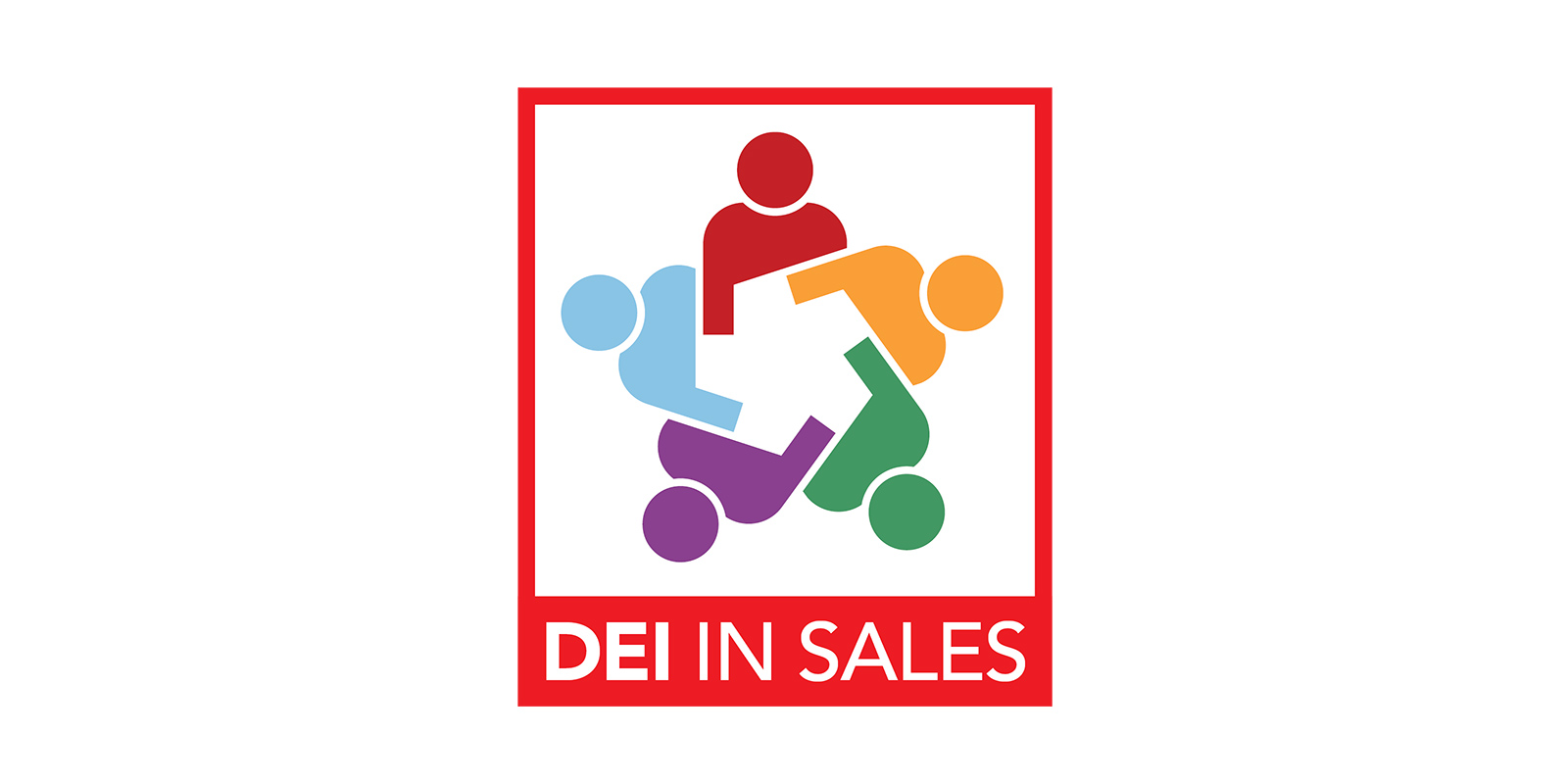For eight years, I ran machine learning and data science programs at Google. Our goal was simple: increase sales productivity.
What we found was that no amount of dashboards and/or “revenue intelligence” can do that. Even at Google, we got to a point where we had so many dashboards, we had dashboards to monitor how people were using our dashboards! Something had to change.
Recruiting more reps is one solution, but it’s costly, time-consuming, and doesn’t solve the underlying problems. The other option is to improve the behaviors of existing sales reps. That’s what we call “Revenue Execution,” and it’s where we focused our efforts at Google.
Solving the “Data Entry” Problem
We started by looking at manual data entry, which is a notorious time-waster for reps. Traditionally, sales data is self-reported by reps into their CRMs. That’s the equivalent of using a fax machine in the internet era. There are systems and technology in place now that can automate the logging of interactions between reps and their customers.
After moving from Google to start SetSail, though, we discovered there’s still a lot of work to be done there. A lot of traditional tools for collecting sales data didn’t capture the full extent of a sales interaction. They just capture that it happened.
To make that data useful, we built SetSail to analyze, enrich, and accurately map it back to your CRM. So instead of just capturing that an email was received, we can see the seniority and department of whoever sent the email, what topics were discussed, what the sentiment was, and ultimately, if it was helpful to the deal or not.
With more accurate and useful data being automatically captured, the next step is to change rep behaviors.
Behavioral Change with Smart Incentives
In any company, about 10% of sales reps are phenomenal salespeople. They’re the ones you don’t have to worry about. The rest need help changing their behavior. Given how many of those reps there are, constant 1:1 coaching sessions aren’t scalable. We had to find a way to modify sales rep behavior at scale.
The answer was through smarter incentives. Traditionally, SPIFFs reward basic activity metrics like meetings booked or calls made. We found that the same reps will win those contests over and over again, and they aren’t nearly targeted enough to actually change behaviors.
Instead, we wanted managers to be able to incentivize very specific, more impactful behaviors. We call this signal-based selling. For instance, let’s say I know from my data that engaging with a C-level executive is a signal of deal progress. I want all my reps achieving that signal on a consistent basis. The best way to do that is by incentivizing that signal, along with any other signals I care about, like receiving critical documents, securing a champion, or multithreading.
With those signal-based incentives in place, my reps are doing the right behaviors without me having to look over their shoulders. This approach allows sales leaders to easily influence that other 90 percent of reps.
Enter: Revenue Execution
From my time at Google and from working with our customers at SetSail, we’ve learned that the best way to change sales behavior is through a combination of exceptional 1:1 coaching and improved motivation through signal-based incentives.
That starts with automating sales data to be richer, more accurate, and less time-consuming. With a complete and clean CRM, sales managers can then run smarter SPIFFs to change sales behaviors at scale.
To learn more about Revenue Execution and similar technologies, download the Forrester Report — New Tech: Revenue Operations and Intelligence, Q4 2021 — which features SetSail as a Growth Stage Vendor.

Haggai Levi is the CEO and founder of SetSail. Prior to SetSail, Haggai spent 7.5 years at Google leading data science teams to accelerate revenue. He holds degrees from Carnegie Mellon, Ben-Gurion University, and Israel Institute of Technology.




